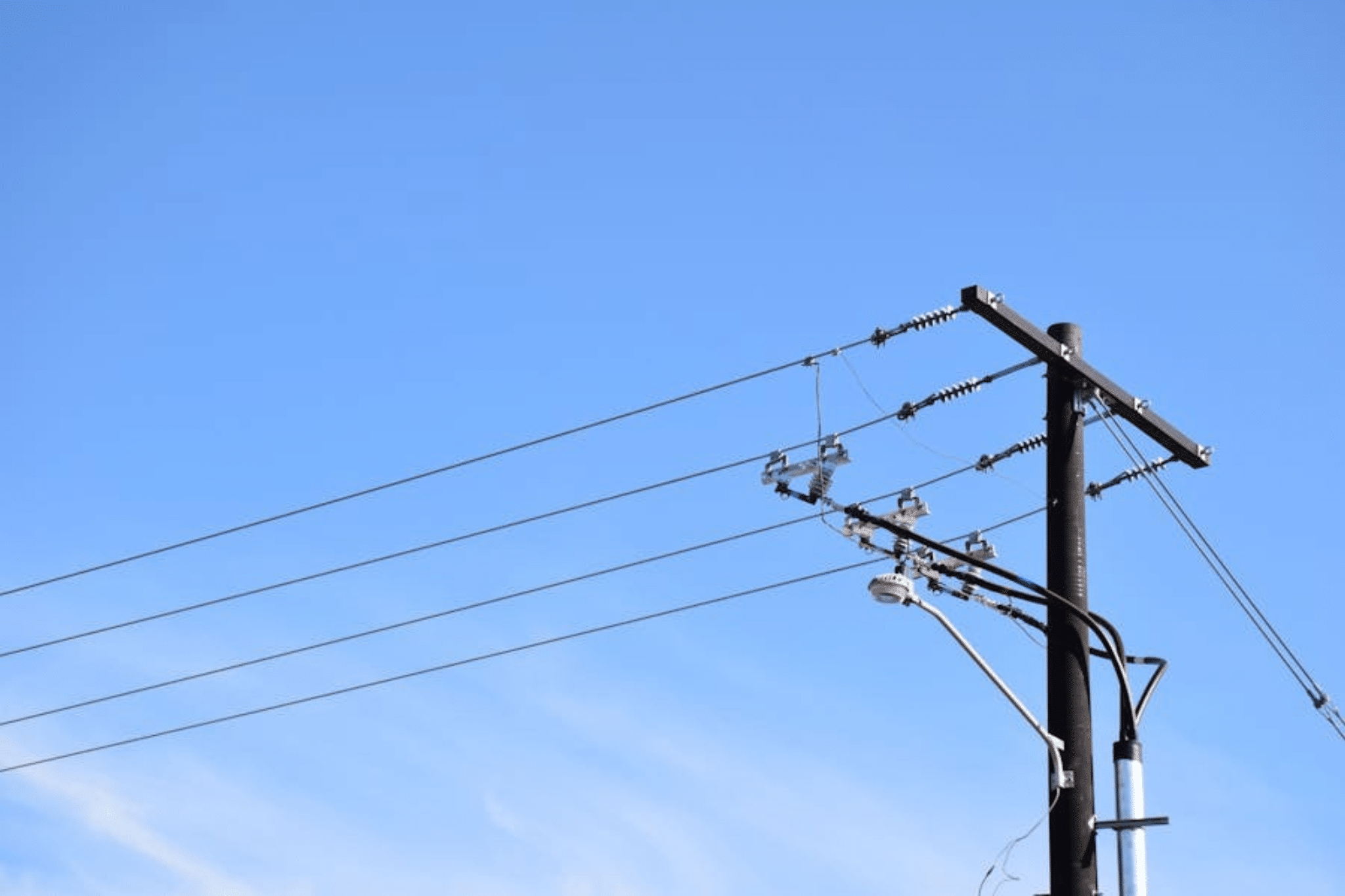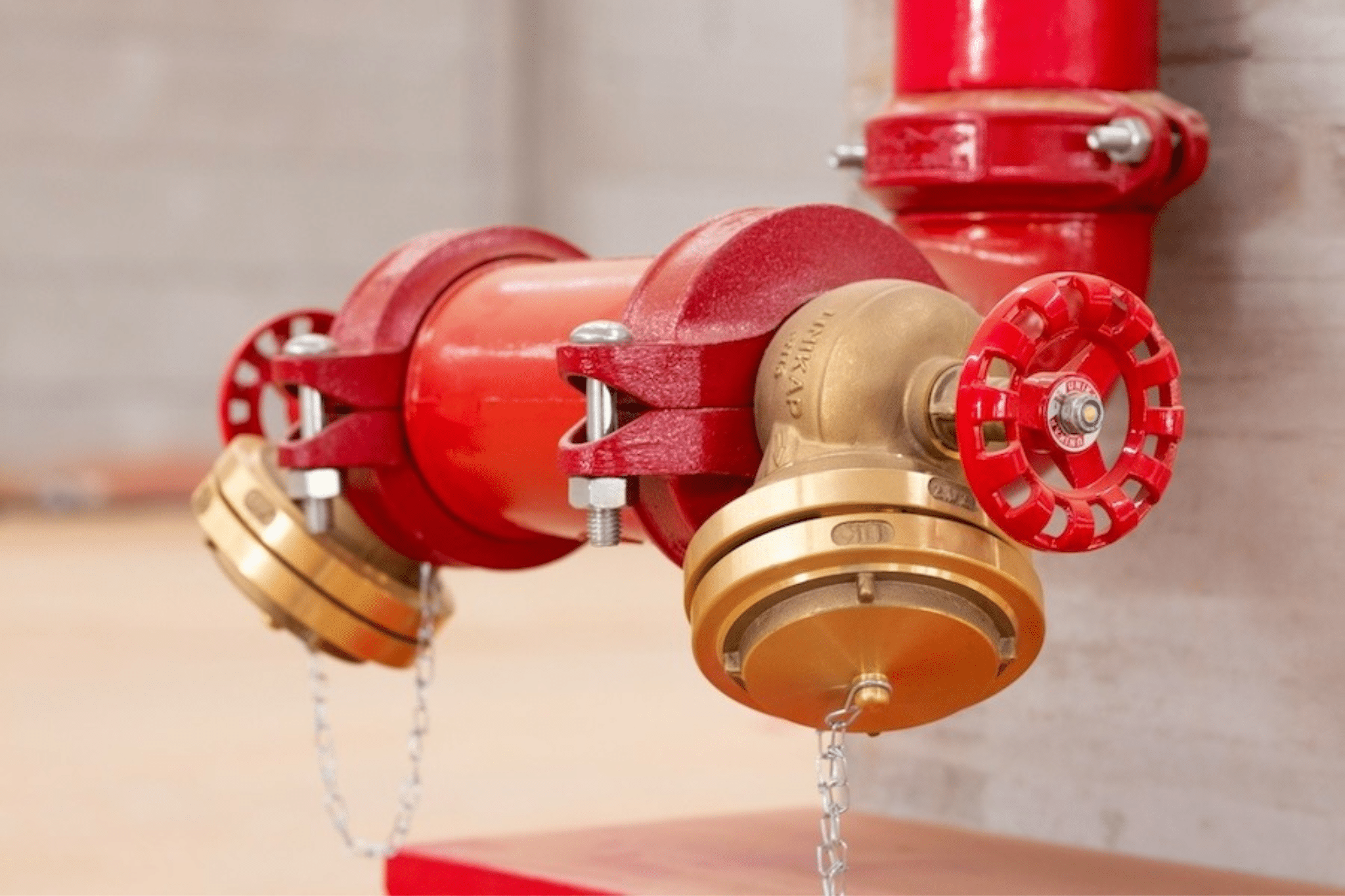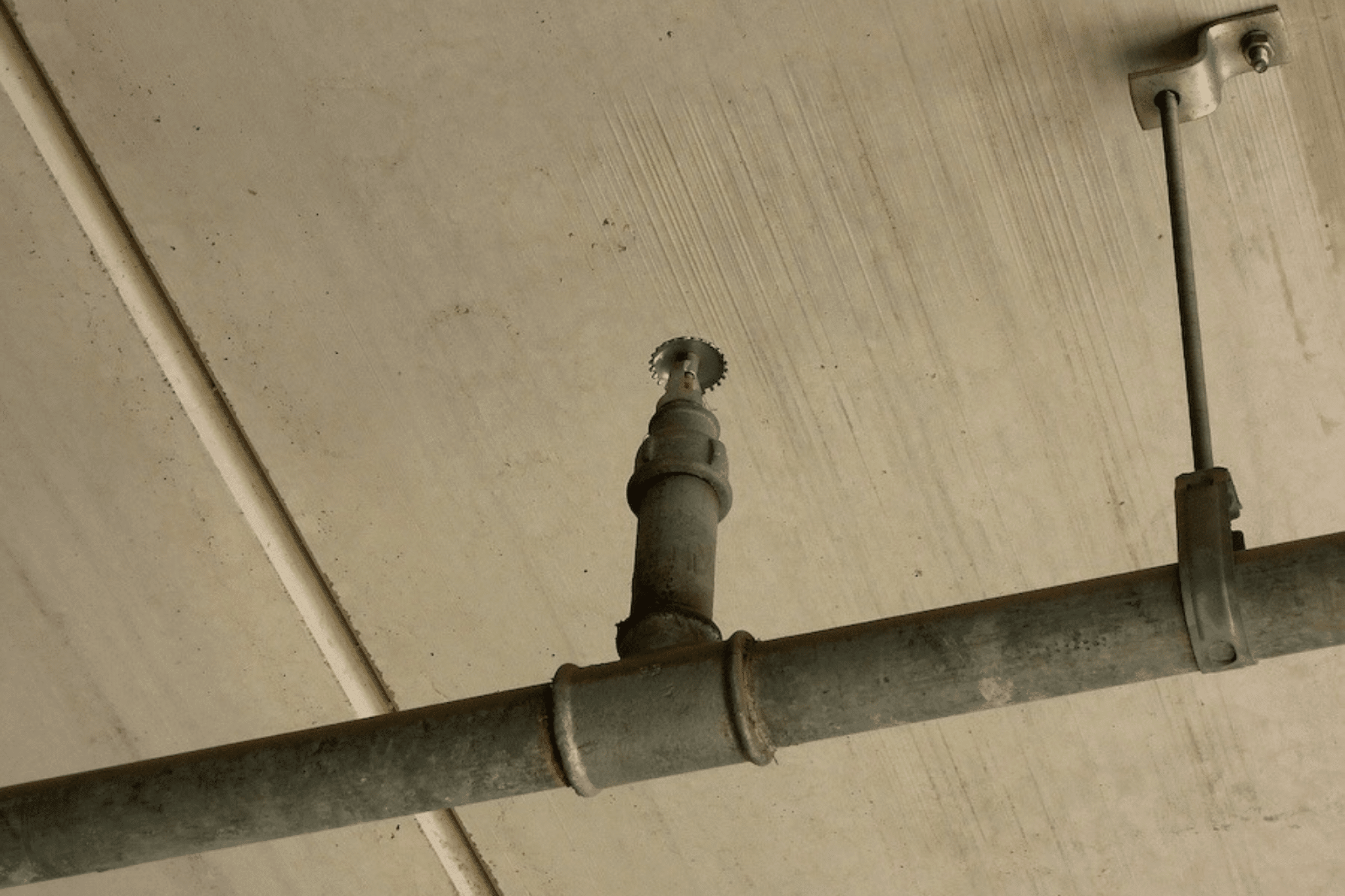Hint: One of Them Is No Longer Legal by Fire Codes
If your facility’s fire alarm panel still relies on traditional landlines to communicate with the monitoring station, it may be time to rethink your setup. Landline infrastructure is aging, deregulated, and increasingly unreliable, while cellular dialers are emerging as the most cost-effective and code-compliant solution.
So why are some still hesitant to make the switch? Let’s break down the facts and clear up common misconceptions.
Landlines Are on Their Way Out
Due to federal deregulation, telecom providers like AT&T are no longer obligated to service traditional copper landlines. That means legacy phone systems are being allowed to fail and age. If your landline system breaks down, no one is responsible to maintain it, and it could potentially leave your fire alarm panel vulnerable when it matters most.
Cellular dialers, on the other hand, operate on modern network infrastructure with multiple tower redundancies. In short, landlines are being phased out, and cellular is the future-proof alternative.
Code Compliance: Staying Ahead of NFPA 72
The national fire code, NFPA 72, no longer allows landlines as a primary form of fire alarm communication. Since 2019, commercial facilities must use cellular or radio as the primary path, with landlines only permitted as a backup. Even that is becoming less common.
While code adoption varies by state and region, the NFPA’s guidance is clear: cellular is the safest, most reliable path forward.
Cost Savings You Can See
If you’re still using landlines, chances are you’re overpaying. Most fire alarm systems require two dedicated lines, which can cost $125 per line, or around $250 per month. Some facilities are being charged over $1,000 monthly due to deregulated pricing.
Compare that to a cellular dialer: a one-time installation cost between $1,200–$1,500, and then around $65 per month for service. Most facilities see a full return on investment in just six to eight months. After that, it’s thousands in annual savings.
Faster Emergency Notifications
Speed is critical during fire events. Traditional phone lines transmit alarm signals using outdated analog methods, similar to a fax machine, and often take 30 to 90 seconds to alert the monitoring station.
Alternatively, modern cellular dialers send signals almost instantly, as fast as it takes to send a text message. In a fire emergency, that time savings could be the difference between containment and catastrophe.
A Simple Installation
Worried about the logistics? You shouldn’t be. Cellular dialers are compatible with any fire alarm panel that currently uses phone lines. The upgrade process is straightforward, often requiring minimal operational disruption.
Installing a new dialer may require a permit, but this is typically a minor step in an otherwise simple transition, and we’ll handle all permitting logistics for you.
Addressing Common Concerns
Some facilities managers worry about signal strength or reliability in cellular systems. The good news is that our professional installations include signal testing and, if needed, the addition of external antennas to ensure strong, stable connectivity.
Others are simply unaware of how much they’re spending on landlines, or assume switching will be complex or costly. The reality? It’s simple to upgrade, likely cheaper than your existing setup, and more effective.
Ready to Cut the Cord?
If you’re still relying on landlines for your fire safety system, now is the time to upgrade. Cellular dialers offer faster alerts, greater reliability, and ongoing cost savings.
Sciens can help you evaluate your current system and transition to a more reliable solution. We’ve upgraded fire alarm systems everywhere from airports to the Facebook headquarters. No matter your industry, we’ll ensure your new system is code compliant.




